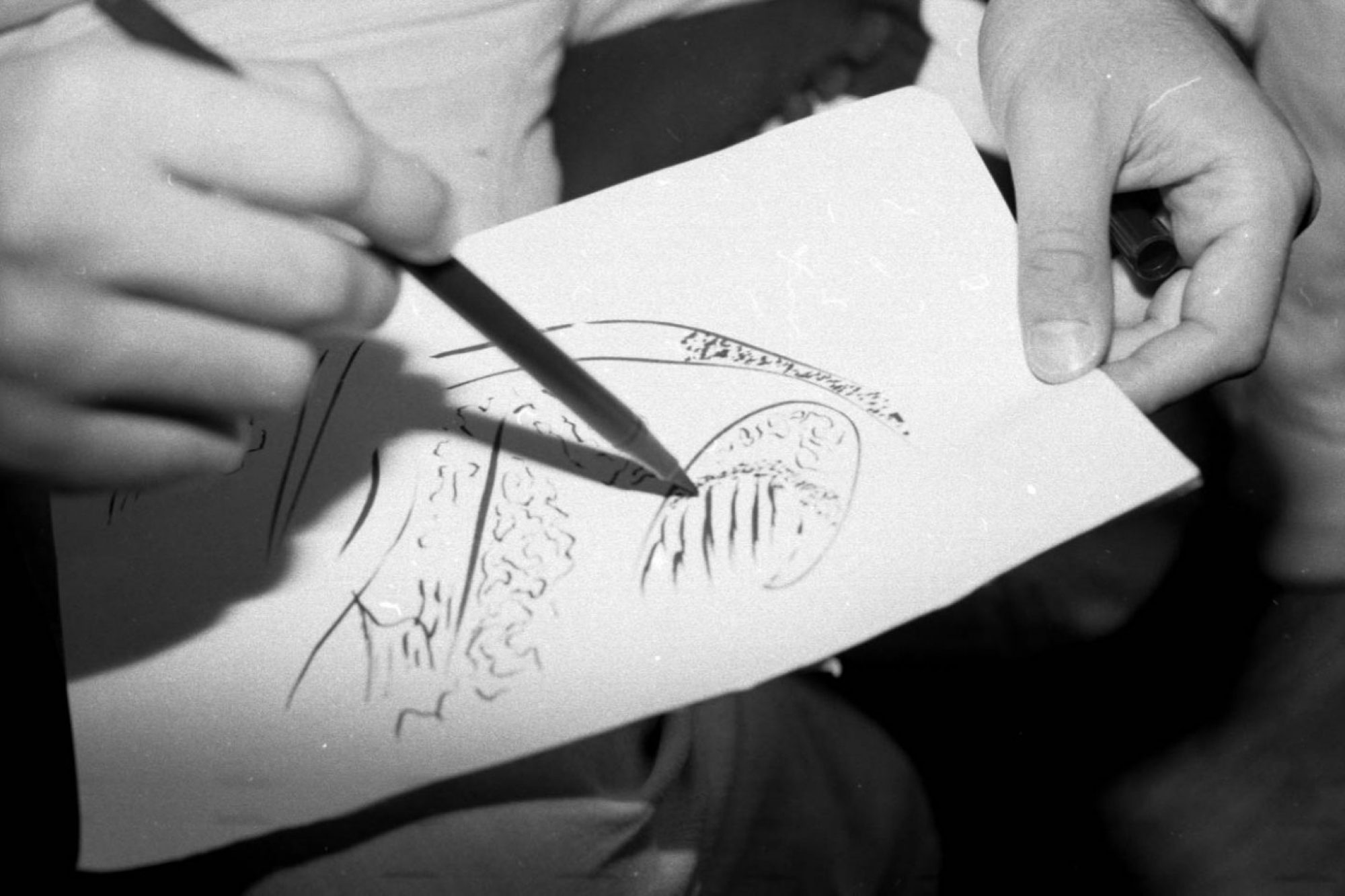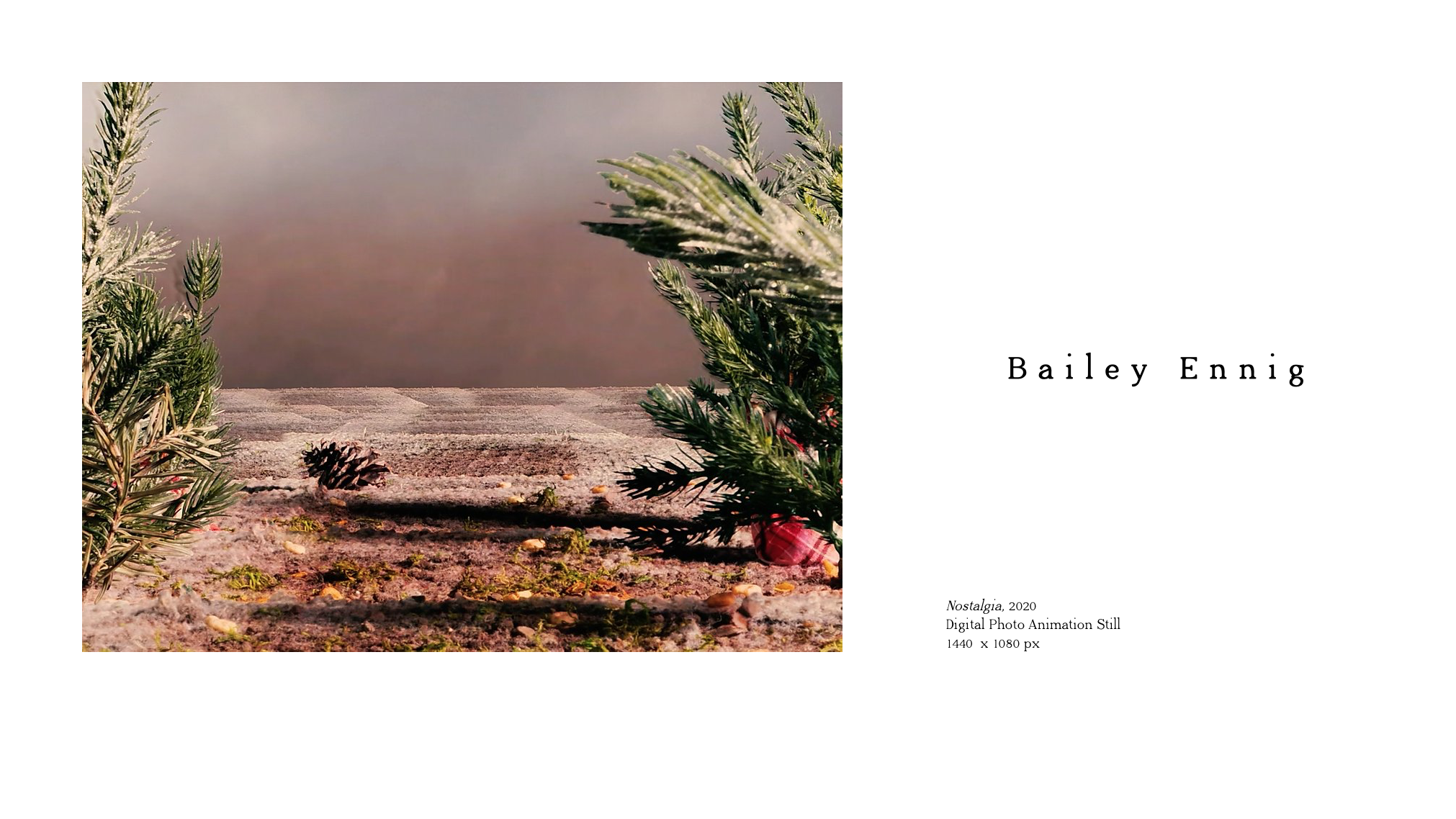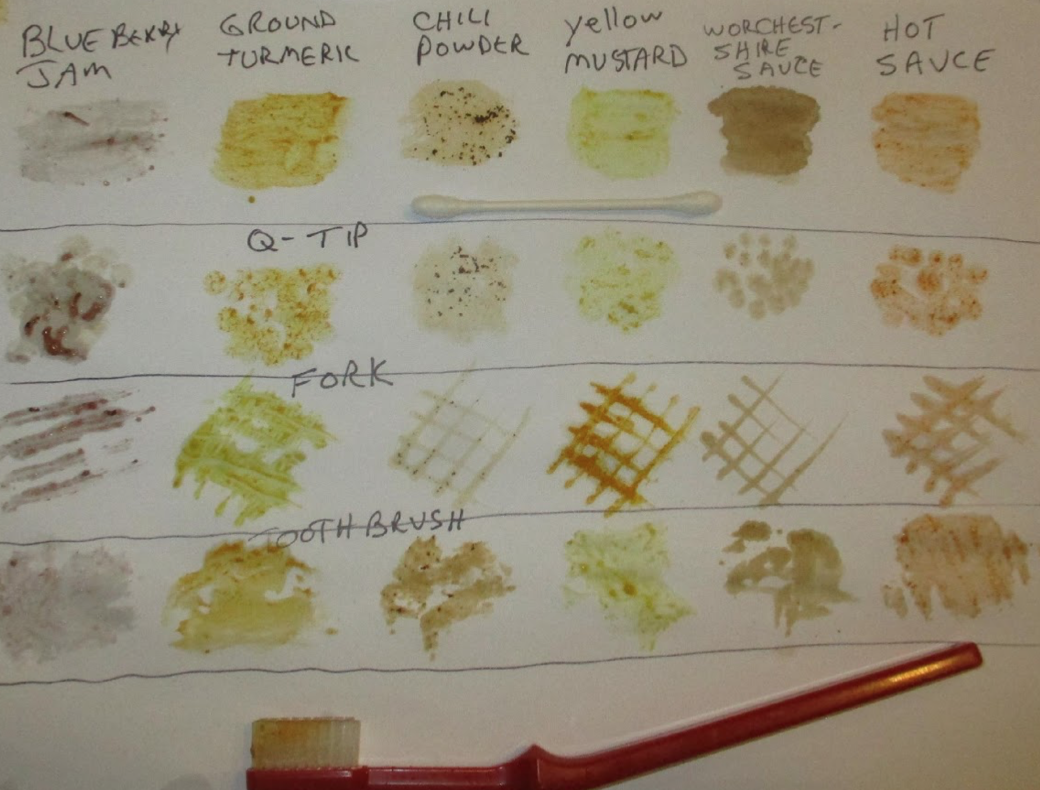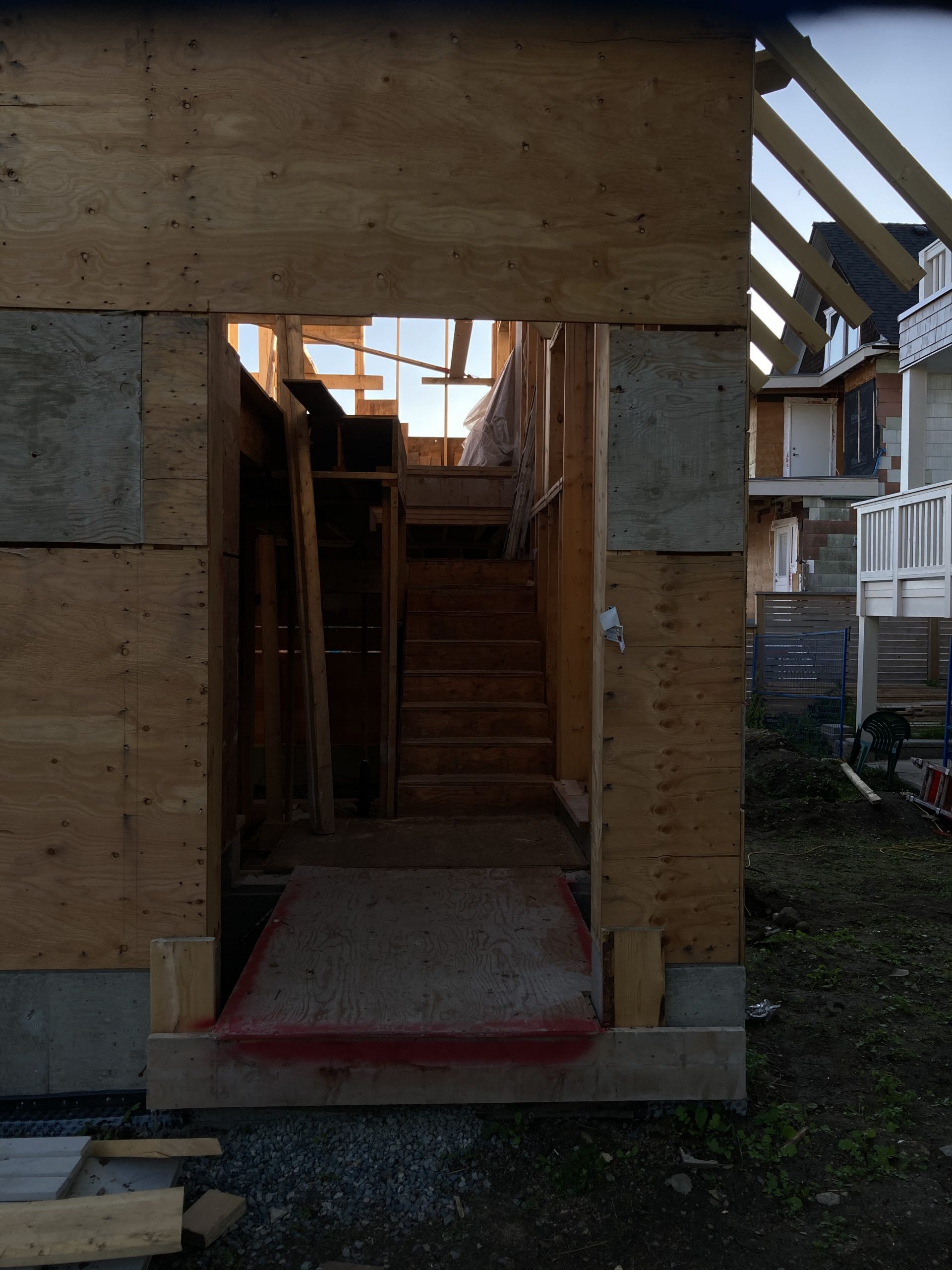 “Survive? What for?” (163)
“Survive? What for?” (163)
“…To be alive is to live in tension…” (162)
“…When light that comes from contacts with children glows anew.” (162)
A teacher’s role commands certain expectations and beliefs. The students’ mind starts whirring as soon as a fresh teacher sets foot inside their class. Students start making connections to their favourite and not-so-favourite teachers. Teachers do this too- they hold their own biases as to who the troublemakers might be (back row), the keeners (middle front), the gamers (side rows).
The new teacher begins to build a home. Where they place their family photos and how they organize the classroom supplies all become living relics of their practice.
As weeks go by, teachers grow to know understand each student’s “uniqueness” (160) and carve new forms into curriculum plans that are standardized by the province (Aoki). Some teachers thrive off what Aoki calls this “tension” (162). The plan was created so that teachers can adapt it according to their actual experience. Give me broken branches and I will make a fort.
Online Exhibitions
There are a TON of online resources for educators and students, but how do sift through them all to find the good stuff?
Firsty, look local. I think it’s important for you to get to know artists in your area, and how they might be contributing to the community. Seeking out local artists can also give you ideas for reaching out to them for artist talks, tracing their practice and giving them recognition.
I recently heard about UBCO (University of British Columbia Okanagan) fine art graduate students organizing an online-exhibition. From my understanding, students complete their work at home, document it and collaborate with a writer and web designer to post it to their online exhibition. The site features 10 artists and is easy to navigate. From sculpture, photography, video and painting, I can find inspiration from a vast array of mediums.
Virtual exhibitions certainly change the art experience. I have no way to gage its scale, or pose questions to a gallery-going-friend. Will these virtual exhibitions be forever existing online? No one has to miss a show again, and visitors are permitted to revisit again and again. The art world can be dismissive and classicist, but the Internet is changing all of that.
Sharing Student Work
Here is some student work from our Natural Ink and Tools unit. The final piece was made with both commercial and homemade art materials (liquid glue and the q-tip brush!)


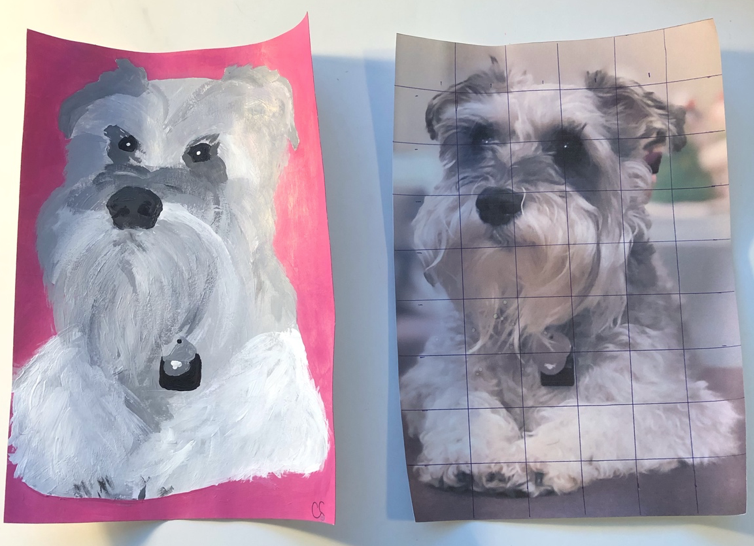
Student Awards
At the end of year, students are eligible for subject awards.
I remember when I was in high school it wasn’t a surprise as to who received them. Awards may have amplified the stereotypes and labels teenagers grow attached to and use as a self-identifier.
Who deserves to get one? They are usually based on academic standing. What do awards do for students? When I’ve received any sort of recognition, I would feel a swell of pride but also wonder, why me? I never thought to ask, I thought the title of the award said it all, a four word sentence that was supposed to embody the diligence and commitment to… a high school law course…
Awards tell us that hey, YOU! You’re good at this thing. Maybe you should continue pursuing this thing.
What if Awards were given for growth? But the title didn’t say “Most improved.” The title of the award is so important, just as are pronouns and names. The title should describe them as a person. Maybe a trait or a skill. Art Awards can be broken down into different subcategories. I was searching the internet, trying to find appropriate titles. I found a website that cleverly linked the award to an artist’s name and came up with interesting ways to present awards (my favourite was reusing old brushes and decorating them so they become trophy-like.)
If teachers consistently award students who show excellency in academic performance, do those students feel any different? What kind of example does that set for the rest of the students: If I can’t ever reach that level of “academic performance” why bother trying?
Some students just do. They aren’t performing for anybody. Don’t forget those students. Don’t forget the students who contribute in class and practice kindness and respect to others. Don’t forget the students who don’t quite nail the assignments and continue to try. Are educators awarding students who consistently have the privilege to maintain academic standing, who have not faced an intense loss or experienced failure?
What does it take to be deserving?
Cheat Poems!
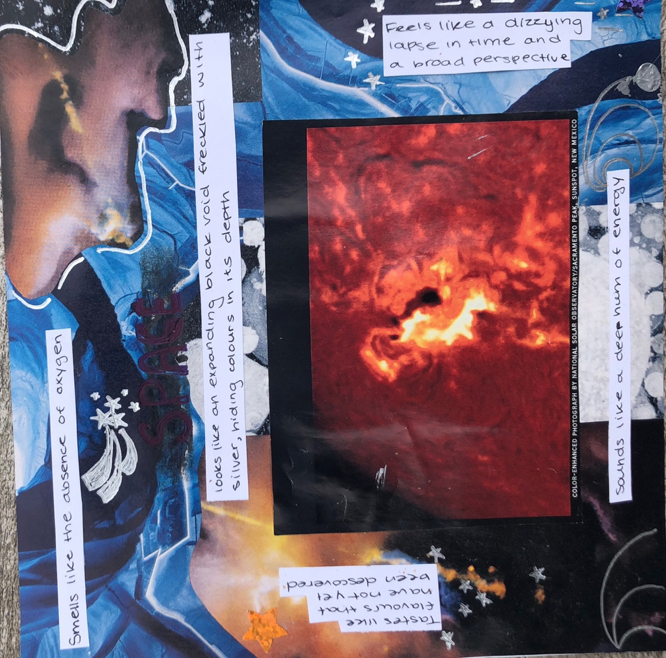
First of all, is poetry art?
Does poetry belong in the visual arts?
Yes! I integrated illustration, symbolism and imagery into this lesson for Seniors.
Write a “cheat poem” and draw symbols based on your poem.
Here’s a simple and effective way to start writing a poem.
This activity is adopted from poet Johnny Macrae from Vancouver Poetry House.
Step 1 : Get out a piece of paper and a pen or pencil.
Write down 3 things that make you feel calm (people, places, objects, and more).
Step 2 : Choose one of these words to write about.
Step 3 : Underneath this word, write down:
Smells like ______________.
Feels like ______________.
Looks like ______________.
Tastes like ______________.
Sounds like ______________.
Step 4: Fill in the blank. Try to be imaginative in the way you describe your chosen thing.
Really take the reader there.
Step 5: Create an illustration that represent one of the lines of your poem using ANY medium.
Draw it on the same page as your poem.
The idea: Each line of your poem gives you inspiration to create visual “symbols” that represent your chosen ‘thing.’
Example:
3 things that make me feel calm
-My front yard
-Yellow
-Lying in the sun
“My front yard.”
My front yard…
…Smells like mouldy dish towels that haven’t quite dried.
…Feels like a spongey mattress.
…Looks like a fairy’s playground, soft bumpy hills and little places for creatures to hide.
…Tastes like sweaty shoes and summer concrete.
…Sounds like birds speaking to bicyclists speaking to the screaming baby next-door.
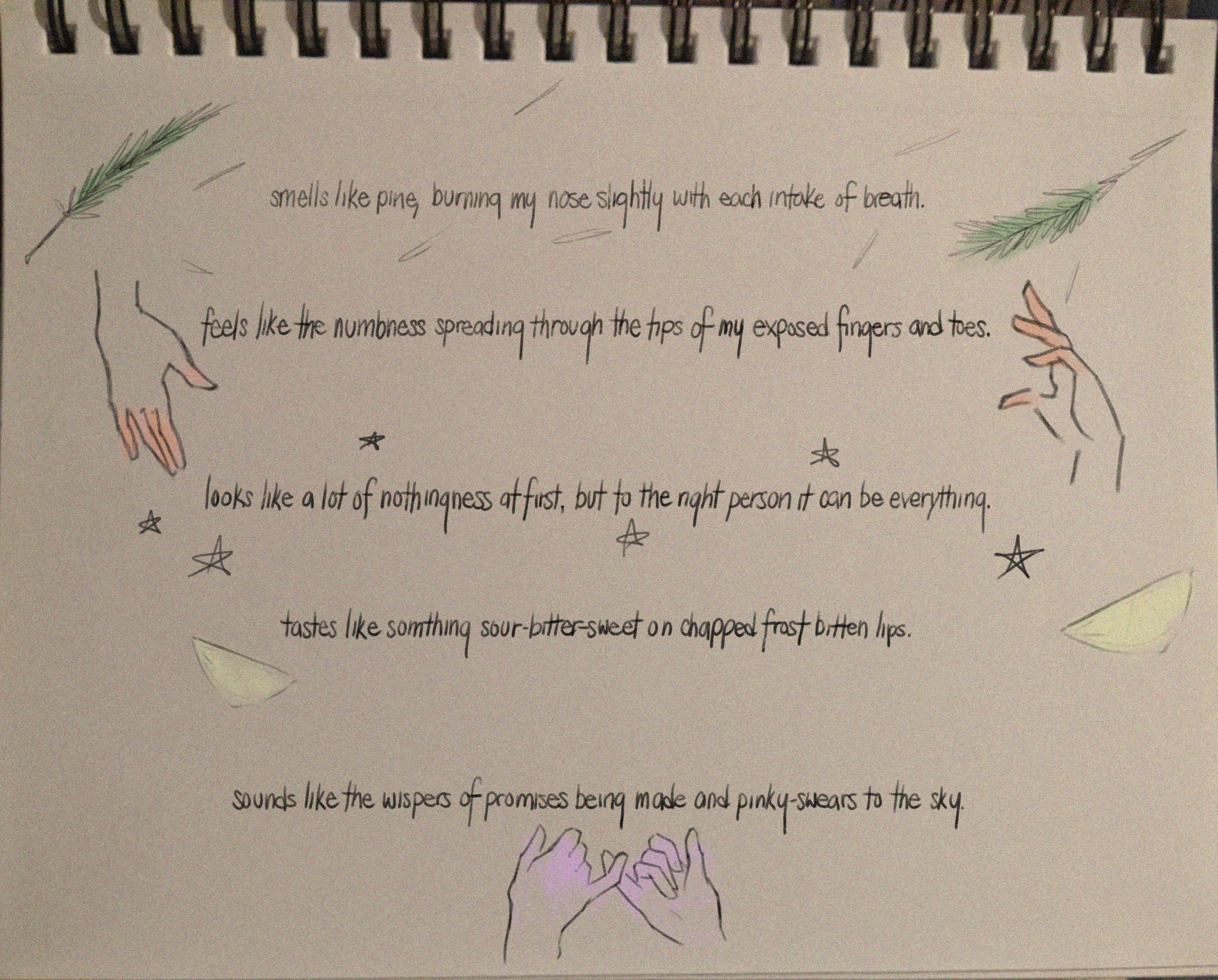
Proud of My Students!
I am so excited to share my students’ work. My school advisor and librarian have made this possible. It has been posted to the North Vancouver School District website.
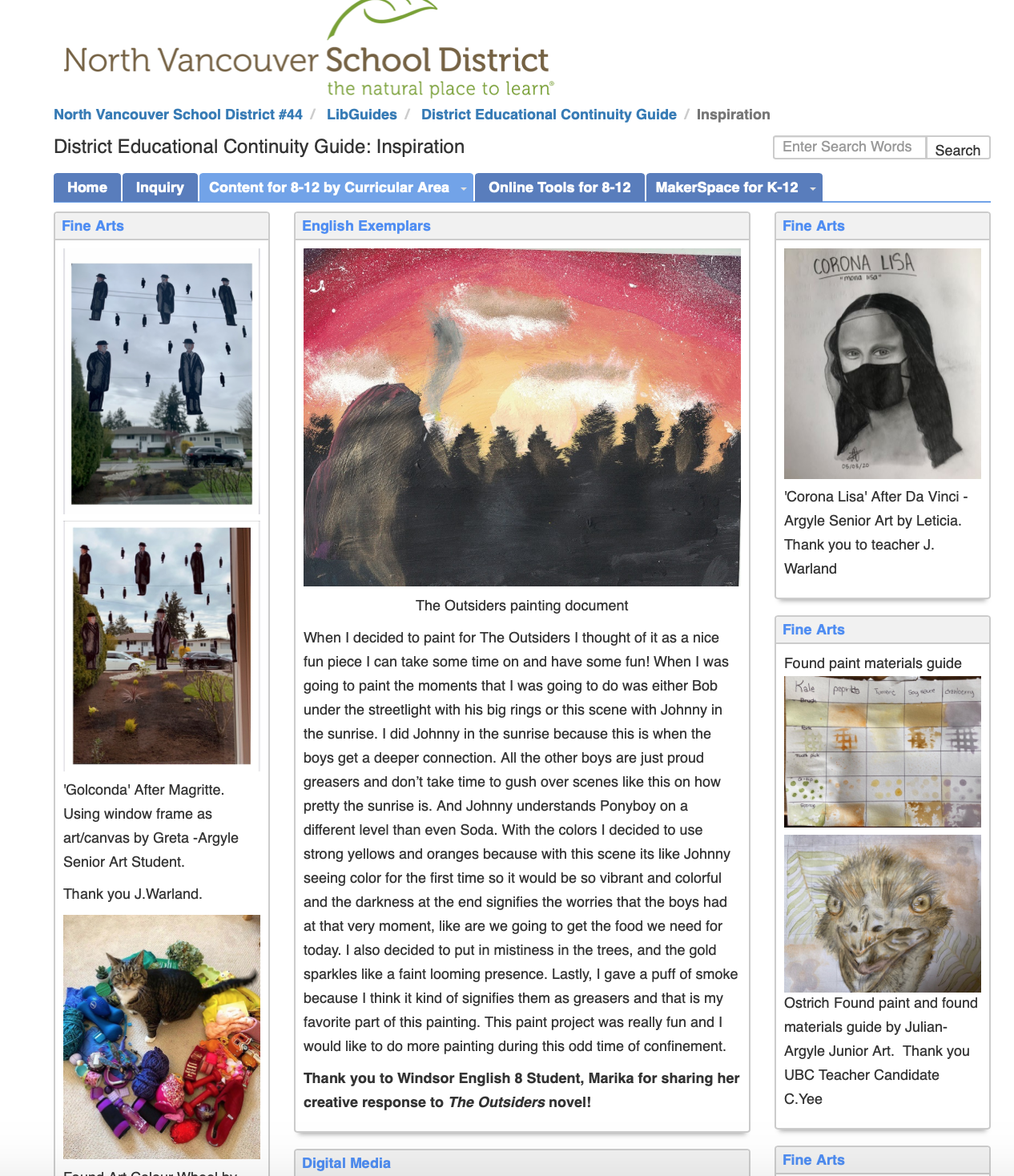
Found Object Colour Wheels
Make a color wheel with objects found at home!
You could also try doing this with your food, your clothes, or things you find in nature.
To supplement teaching colour theory, include a PDF of Colour Theory for your students. Here is one I used with permission from another teacher candidate: Colour Wheel Review
There are also some free slides you can download and edit here.
Start with the primary colors – red, yellow, and blue.
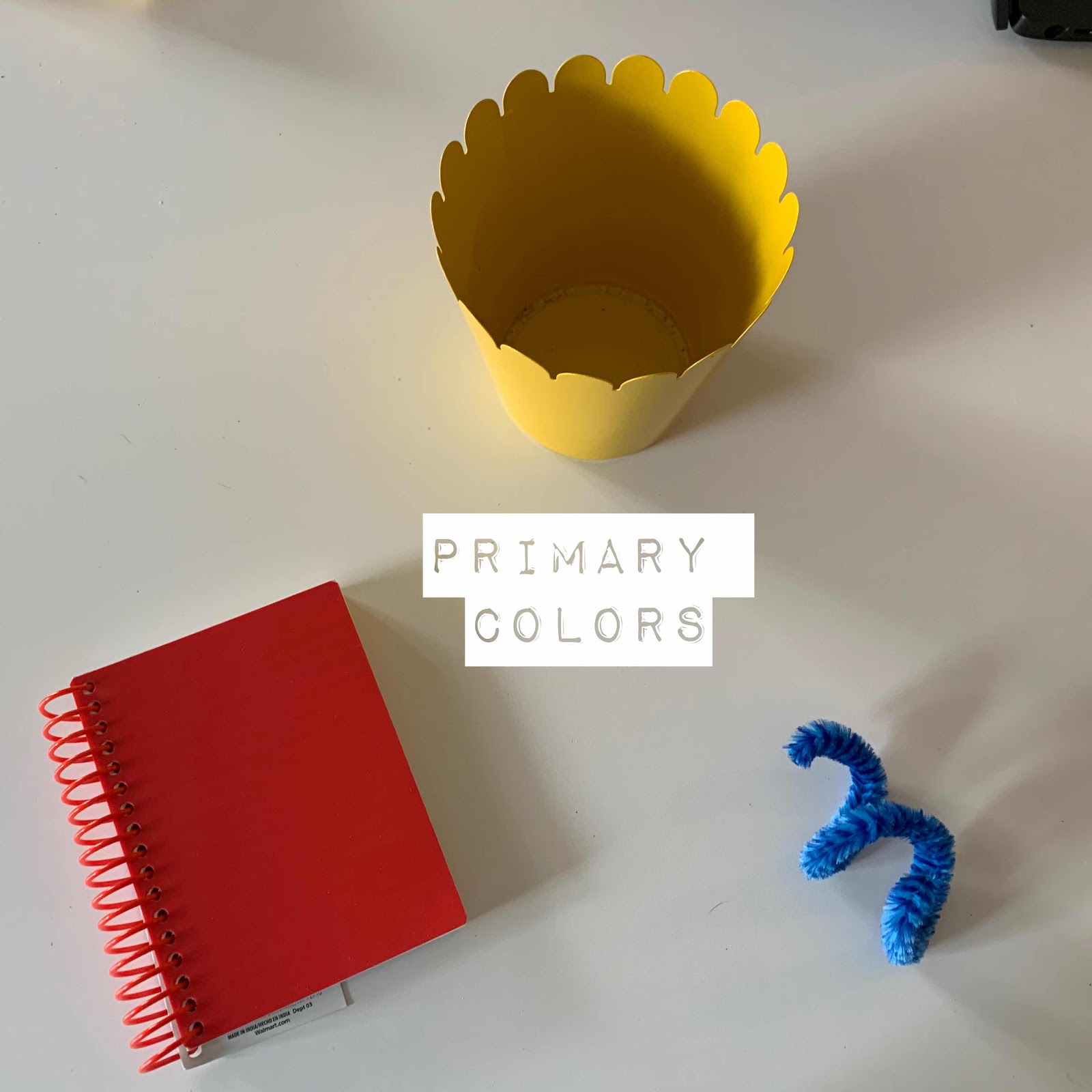
Add the secondaries – orange, green, and violet.
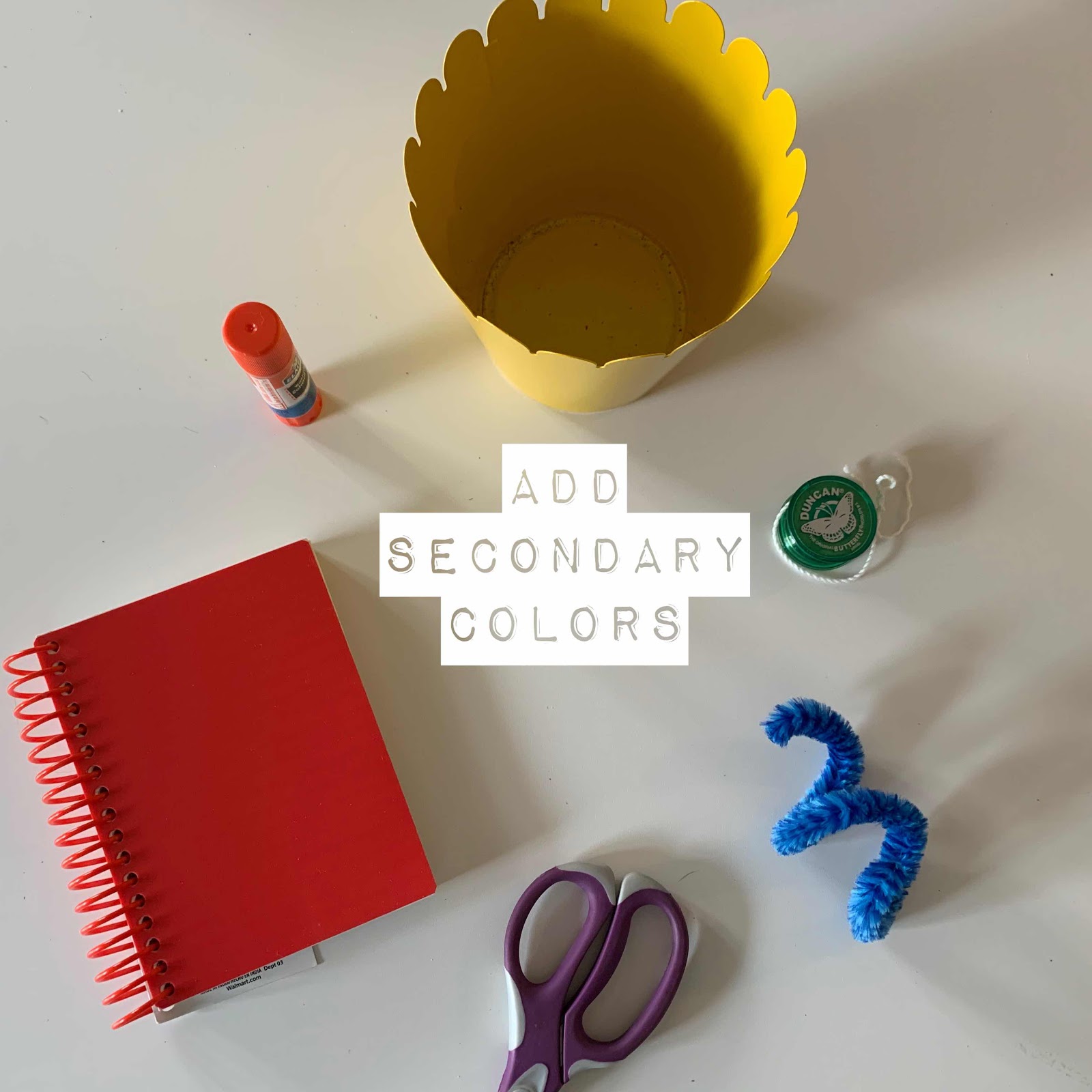
Fill in with the intermediate colors – yellow-orange, red-orange, red-violet, blue-violet, blue-green, and yellow-green.
Natural Inks and Paints
Have you ever thought about what might be in the art supplies you’re using?
Is it toxic? Is it safe? Are they expensive? Do some research on the internet and see if anything surprises you.
Today you can experiment with creating 3 different inks/paints from home!
You will create an “experiment” sheet that is clearly labelled with the inks/paints you have created. Some items could be harmful to pets, be sure to check with your parents/guardians.
Here is a video on how to make natural paints!
Other things you can use are: Coffee, Spices (Tumeric, Paprika), Old Makeup, Tea, Food Colouring, Beets, Berries, Red Cabbage, Flower Petals, Leaves, Bark, Onion Skins, Dirt, Peels (Avocado, Orange)
On a piece of paper, create a grid with at least 3 rows and 3 columns.
Fill in your grid and clearly label the materials you used!
Maybe even try using 1 or more of your homemade brushes/tools.
Pro-D Day!
I decided to dig into online resources and galleries. The wonderful problem with the internet is that it sucks you into a black hole! I tried to find reliable, local content that I can apply to my teaching practice.
Art at Home: Advice to Parents
I often forget about parents taking on teacher roles during distance learning. Here are some tips provided by this site that I condensed:
Materials: you don’t need fancy materials. You can draw on the back of envelopes and food packages.
Create space: Try to not hover, hang back and give your child mental space. Let them go down their own paths.
Feedback: Don’t quickly judge what they’ve made; “Who doesn’t remember someone telling them they can’t sing or can’t draw, and then that person never revisiting that activity as an adult.” Ask them to tell you about it, or try the activity yourself and have a conversation about it.
Quick Drawing Prompts
Download these simple prompt cards to help you make mindful drawings. Suitable for all ages.
A Canadian site that puts together online art resources:
Vancouver Art Gallery
Walk through the Vancouver Art Gallery using “Street View.”
Current exhibition: Douglas Coupland
Pros:
-Free access
-Quick shortcuts to important works in the thumbnails (with title and artist name)
Cons:
-Could take a long time for images to download
-The ‘experience’ of the artwork is different (a good inquiry question for students)
-Reflection on glass-frames (hard to see actual artwork)
-Can’t go super up-close to the work
Ideas: Students can choose a virtual gallery to explore and answer questions reflecting on art history.
Capture Photo Fest
To gather future inspiration for photography classes and keep up with the Capture Festival which Argyle students are involved in (Incubator and Chesterfields), I decided to check out the site and explore their current programming.
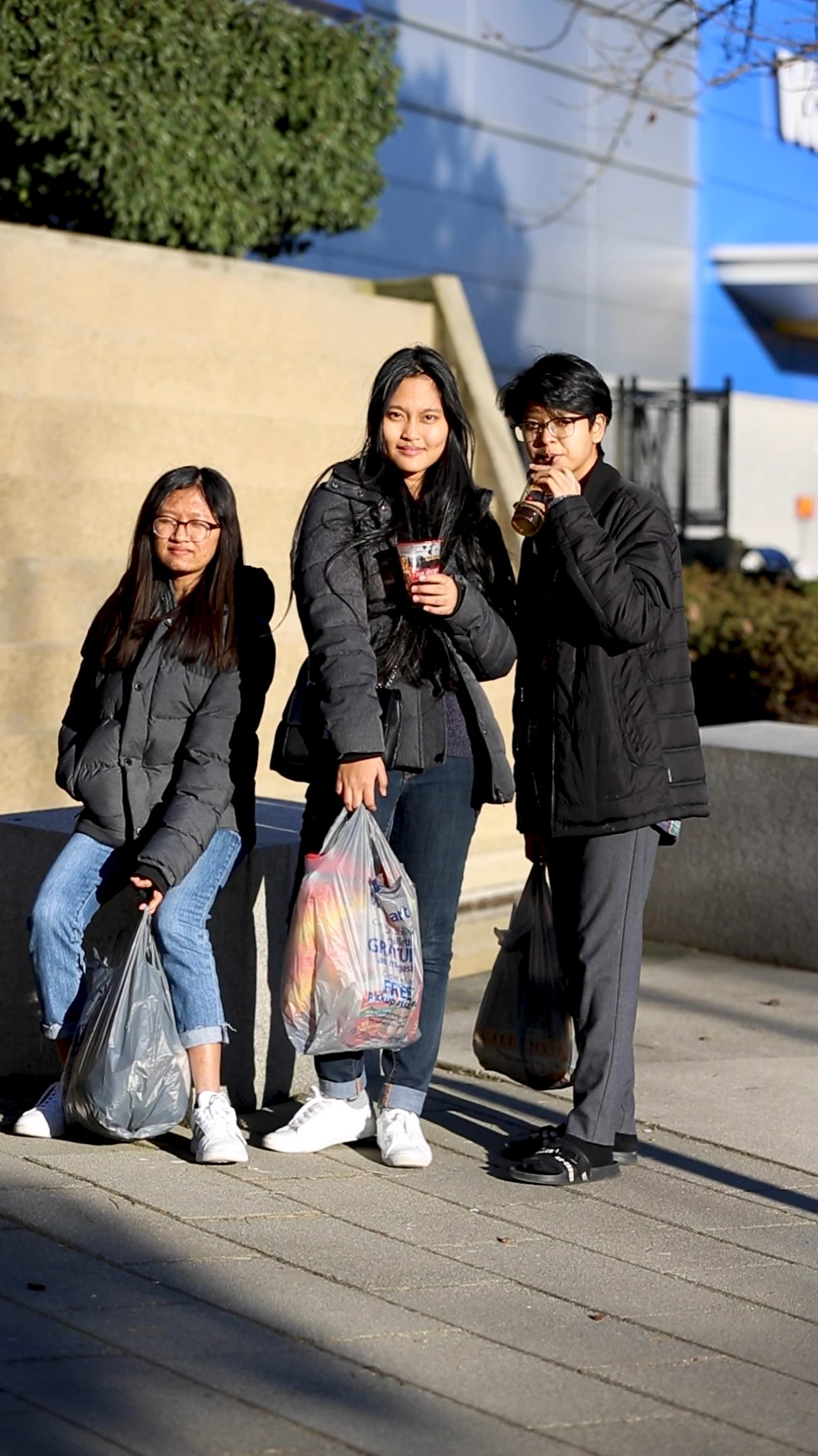
-Adad Hannah
-long lens, distance of 5 meters
-shot in the streets of Burnaby
-20 second long videos/images
-“the portraits serve as a powerful reminder of the ability art has to connect across physical distance.”

-Anna Binta Diallo
-Access Gallery
-Installation of photo collages
-Reinterpretation of folk stories
-Extending the possibilities of photography (set-design, prop making in photography)
Tools and Brushes

You can use items from nature, up-cycled and/or recycled items like a plastic fork, but consider what you can add to it to make it more comfortable to hold?
What your brush needs (co-cocreated instructions with Tifanie Lamiel):
1. BRISTLES- Your brush needs something to hold paint, anything from ripped up fabric, cotton balls, yarn/string, human hair, etc. Pick something that will hold and absorb paint.
2. HANDLE – The easiest free material to obtain are twigs and branches from outside. You can also use pens, pencils, chopsticks, drumsticks, straws, etc. Try to use whatever you already have at home/in your neighborhood
3. FERRULE – Brushes have a metal band around both the bristles and handle. It is called a ferrule and holds everything together. Some ideas for this are, hot glue, aluminum foil, tape or rubber bands.
Here are some videos I found that can give you some ideas:
Examples of Nature-based brushes
Some tips to consider:
-Respect your environment (pick twigs, leaves, and plants from the ground)
-Plan your brushes beforehand in your sketchbook
